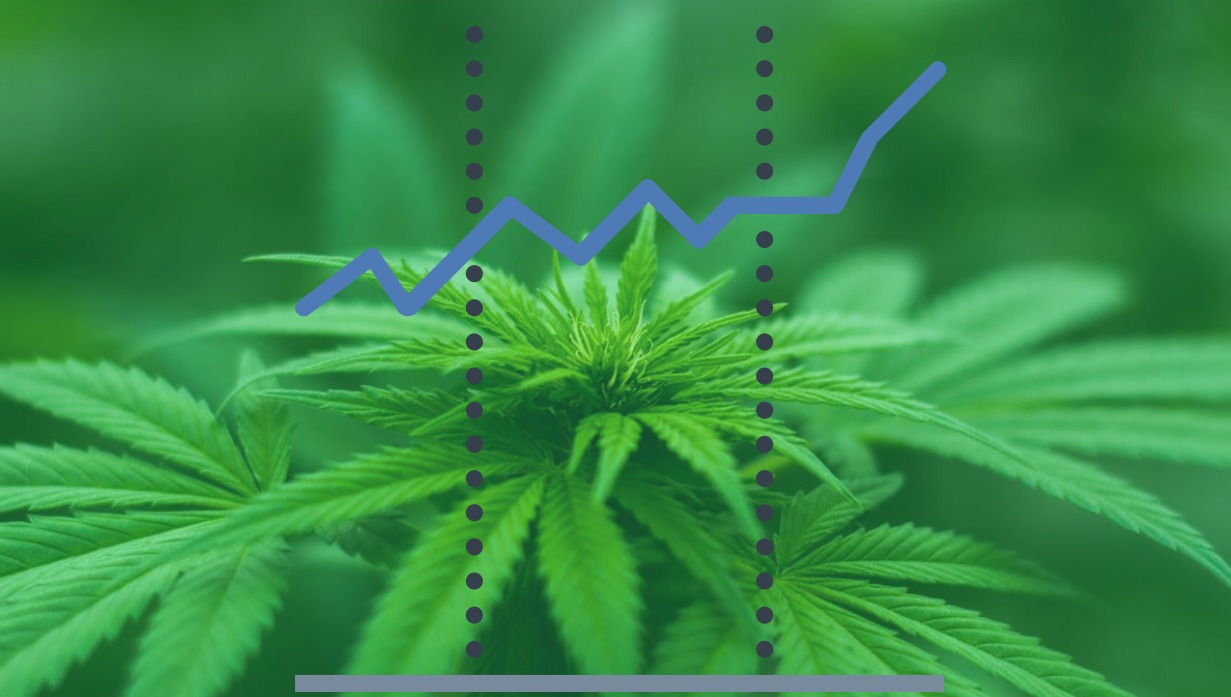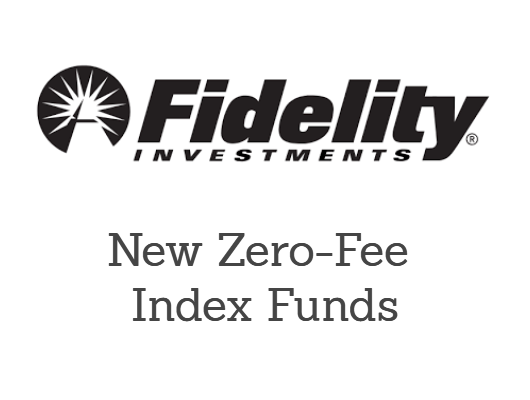Last week saw the US stock market take some hits. The market was down sharply both Thursday and Friday. The continuing pressures from China’s slowdown and the continuing crunch in the energy sector finally came to a head Monday.
The stock market crashed Monday, with the Dow opening down a 1,000 points; a nearly unprecedented feat. Shares would recover, getting back to near breakeven around the lunch time, before lurching back into another nosedive at the end of the day.
It’s still too early to tell if we’re entering a new bear market or if this is another passing correction. Will this be another quick scare like the Ebola panic of October 2014, or is this the real deal selloff bears have been yearning for? Time will tell.
What we can take away from this has more to do with the specific market troubles this morning. The most important takeaway is that the market is still fragile, in fact, perhaps more fragile than it was in 2008.
Through lunch-time, before the market plunged again, it appeared we’d been victims of a flash crash in the morning. The sudden dumping of stocks into a bidless market really felt like some sort of high-frequency algo sequence gone bad. Were actual humans choosing to puke up stocks in the morning at such crazy prices?
Just to name a few, Baidu (BIDU), China’s $50bn internet giant found itself down more than 30% this morning. Baidu, which traded at $220 as recently as a month ago closed Friday at $150. Today, it opened way down and soon plunged to precisely $100.00 even, where it then turned on a dime and headed $40 back up an hour later.
Apple (AAPL) similarly crashed, falling as low as $92 before rebounding nearly 20% later in the day. That’s just crazy! The world’s largest company just shouldn’t see its value fluctuate anywhere nearly that much.
Other notable names included hospital operator HCA that plunged 50% in the morning, losing $30bn in value before recovering most of its losses. Mundane toothpaste seller Colgate (CL) saw shares decay 20% in mere moments. The US’ arguably leading biotech firm, Gilead (GILD) also enjoyed an inexplicable 20% collapse.
Things were equally bad, if not worse, in the ETF space. Rather vanilla theoretically low-risk ETFs such as SPDR Dividend ETF (SDY) collapsed more than 40%. Its underlying holdings weren’t down nearly that badly, but the algos got out of control and started dumping shares and hitting stop losses into a bidless vacuum.
Similarly, the S&P Buywrite ETF (PBP) also crashed more than 40%. Unlike SDY, there was no plausible explanation for this whatsoever. PBP simply owns the S&P 500 and sells call options against it. PBP, then, by definition is a slightly lower-risk investment that should just about track the S&P 500 tick for tick. And yet, when the S&P 500 was down less than 10%, PBP was on a nearly half-off sale. Pure lunacy.
What are we human investors to do in this computer algorithm-driven minefield? We need to have a plan in case of flash crash.
First things it’s usually clear when there’s a high risk of flash crash. The market had been tanking for weeks before the big crashes started in 1929, 1987, 2000, and 2008. Even before the May 2010 flash crash, which wasn’t part of a big correction or wider economic problem, there was a solid 4% multi-day drop setting the stage for the ultimate washout.
Similarly, the large dives Thursday and Friday made it clear we were in the danger zone for a Monday nosedive. Once we were at risk of flash crash, that’s the time to consider your reaction in advance.
When you know that there’s a risk of flash crash, it’s a good time to reconsider your portfolio holdings. If you are on the fence about something, consider selling it before it potentially crashes. Better to make that decision calmly, not when you’re staring at a miserable 20% spike down on your screen.
On the flip side, consider which holdings you like most. What would you want to own more of? When Apple is at, say, 105, ask yourself, would I want to own more of this if it suddenly collapsed 10%? Set a limit order at 95, and boom, you got an awesome buy Monday morning.
Many people say it was hard to get fills buying stocks that were way down Monday morning. The people who did get the best order fulfillment were the people who had preexisting sitting buy orders on set prices. If the market trades below your limit, they have to fill you. If you’re trying to buy with the market constantly halting, unhalting, and gyrating, it is much harder to get an actual buy order concluded.
Put your buy order for Apple down 10%, Colgate down 10%, Baidu down 20%, and so on. If they hit, awesome, you got a steal and can either hold them or flip it hours later for some fast money. If the orders don’t fill, no cost to you.
And if you see ETFs that are trading below any logical price, as the dividend and S&P buywrite ETFs did this morning, buy a small amount and flip it later once the algos start pricing it right again. Just make sure you understand what’s actually in the ETF before you get into it.


